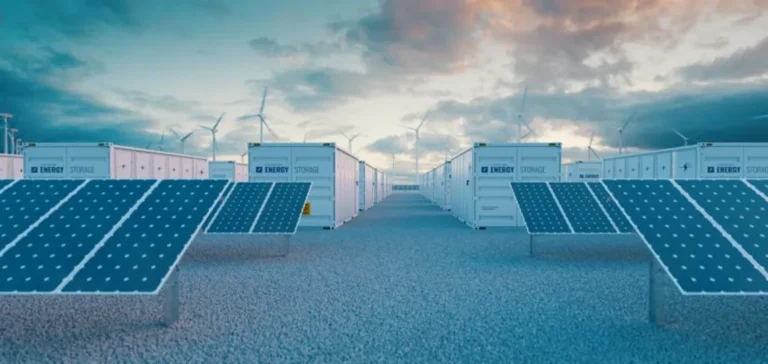The share of solar energy in U.S. power generation recorded a significant rise of nearly 29% in June, adding approximately 220 gigawatt-hours per day compared to the previous year. This notable increase occurred despite total electricity consumption in the country rising by less than 1%. Consequently, the use of natural gas for electricity production significantly declined during this period, driven largely by economic conditions favoring alternative energy sources.
Natural Gas Under Pressure from Solar and Coal
The recent increase in natural gas prices has made other energy sources, particularly coal, more competitive. In June, the average spot price of natural gas at the Henry Hub, the U.S. market reference, rose by approximately 35% year-on-year, reaching nearly $3.30 per million British Thermal Units (MMBtu). This increase has led some electricity producers to rely more heavily on coal, whose output rose by about 2% compared to June of the previous year.
In this context, the power sector continues to revise downward its forecasts for natural gas consumption for the current summer. For the period from June to September, industry players anticipate around a 3% decrease in gas consumption compared to the previous year. Solar energy, whose installed capacity continues to expand rapidly across the country, appears to be one of the main beneficiaries of this shift in the energy mix.
Summer Outlook and Price Trends
For the entire year of 2025, market projections suggest a substantial increase in natural gas prices, potentially averaging around $4 per MMBtu, compared to $2.20 in 2024. This upward trend could further enhance the relative attractiveness of solar power and other alternative energy sources among electricity producers.
Meanwhile, U.S. electricity demand is expected to continue growing, driven by increasing needs from data centers, industrial sectors, and residential use. Forecasts predict record levels of electricity consumption for the years 2025 and 2026, with sustained growth anticipated. This increase, combined with expanding solar production, could lead to further structural shifts in the U.S. energy sector.
Finding a New Balance
This reshaping of the electricity generation market poses significant challenges for the natural gas industry, which may need to adapt its strategies to evolving price trends and shifting energy choices by power producers. The sector will thus need to closely monitor the dynamics between different available energy sources, continually evaluating the economic and strategic implications of these developments.






















